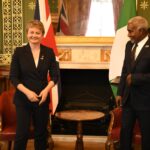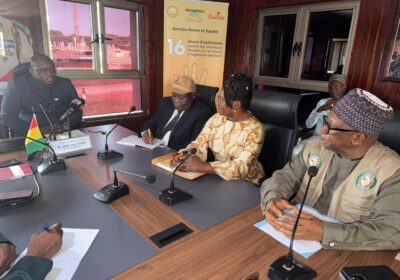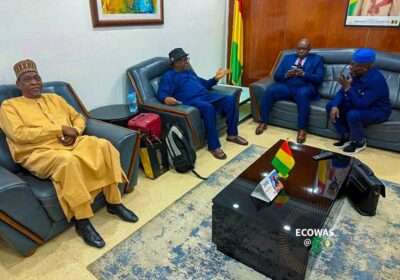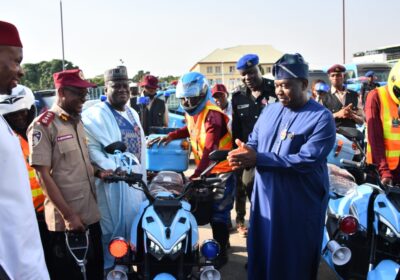WAPP Achieves Historic Synchronization of West African Power Grid, Advances ECOWAS Regional Energy Efficiency Goals.
By Raymond Enoch
In what has been described as a groundbreaking achievement for regional integration and sustainable development, the West African Power Pool (WAPP) has successfully conducted a historic synchronization test of the West African power grid—a feat marking a decisive step toward the realization of the ECOWAS Vision 2050 and the sub-region’s Energy Efficiency Policy.
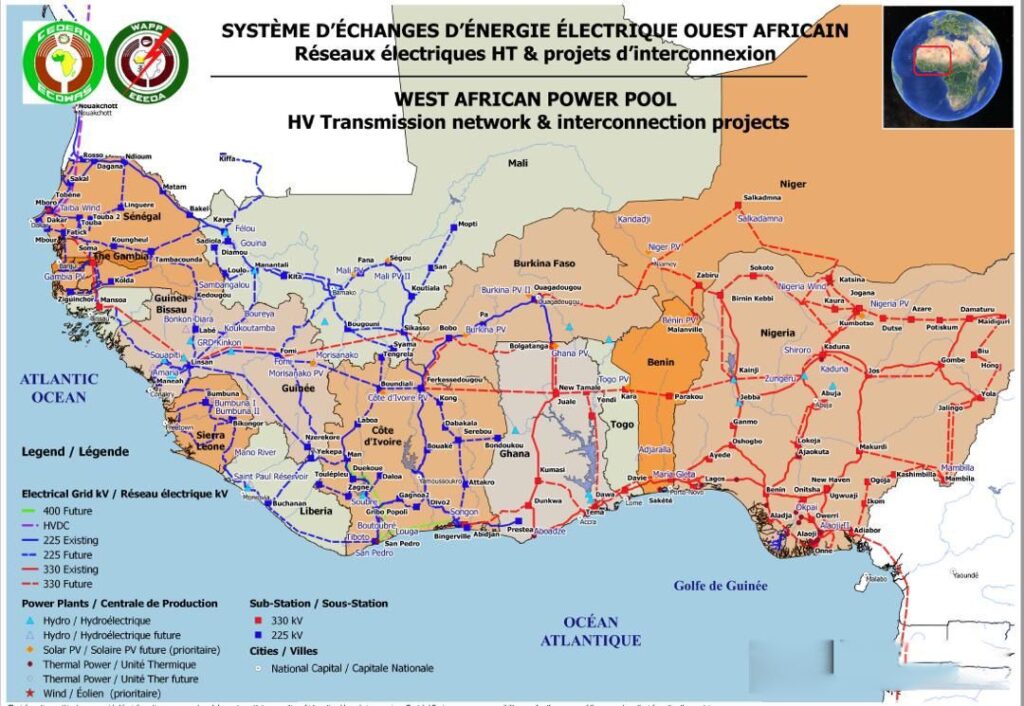
The milestone test, coordinated on 8th November 2025 from the Information and Coordination Center (ICC) in Calavi, Benin, brought together Transmission System Operators (TSOs) across member utilities under the leadership of Mr. Abdoulaye DIA, Secretary General of WAPP. The operation demonstrated the technical feasibility of coordinated regional grid management, enabling benefits such as reserve sharing, enhanced energy security, and the foundation for a unified West African electricity market.
According to WAPP, this successful test is not just a technical triumph but a symbol of regional solidarity and economic interdependence, resonating deeply with the pillars of ECOWAS Vision 2050, which envisions “a fully integrated community of people living in peace and prosperity.” The synchronization effort aligns with the Energy Efficiency Policy of ECOWAS, which prioritizes cross-border cooperation, optimized energy use, and the reduction of regional dependence on isolated national grids.
The test paves the way for permanent synchronization of all 15 ECOWAS member states by June 2026, ushering in a new era of real-time energy exchanges and a competitive regional electricity market. This integration is expected to boost industrial productivity, stabilize power supply, and attract investment into renewable and conventional energy sectors alike.
WAPP extended its gratitude to technical, financial, and institutional partners, acknowledging the invaluable contributions of power system experts, consultants, and suppliers who have worked over nearly a decade to make this milestone possible.
As ECOWAS moves closer to achieving energy self-sufficiency and sustainable growth, the WAPP synchronization stands as a beacon of technological cooperation, embodying the shared commitment to transform West Africa’s energy landscape in line with the ECOWAS Vision 2050 aspirations for a resilient, interconnected, and prosperous sub-region.




